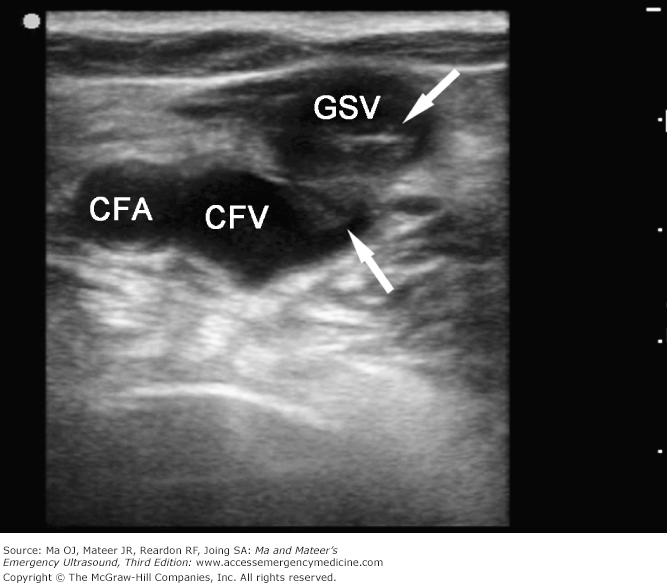[ad_1]
Know when to use remote physiologic monitoring codes and what to look out for when you do.
Along with accelerating the adoption of telehealth and telemedicine, the COVID-19 pandemic has also seen increased implementation of remote physiologic monitoring (RPM). That means coders documenting patients with conditions such as obesity, diabetes, hypertension, or chronic obstructive pulmonary disease (COPD) need to understand the CPT® RPM codes.
Here, then, is a complete guide to RPM coding, along with some useful tips you can use to implement RPM in your practice or to check that you are using the RPM codes correctly. And we’ve added updates from the 2021 Medicare Physician Fee Schedule (MPFS) to keep your RPM coding up to date.
1. Initiating RPM for Your Patient
For this, you will use 99453 Remote monitoring of physiologic parameter(s) (eg, weight, blood pressure, pulse oximetry, respiratory flow rate), initial; set-up and patient education on use of equipment.
Per CPT® guidelines, use 99453 when the physician or other qualified healthcare professional (QHP) writes an order for RPM services and the practice sets up the equipment and teaches the patient how to use it.
The RPM device must be “a medical device as defined by the [U.S. Food and Drug Administration] FDA,” per CPT® guidelines. For RPM, this also means the device is capable of transmitting data to the prescribing provider.
In addition, CPT® instructs not to report the code “if monitoring is less than 16 days,” and when “these services are included in other codes,” such as 95250 Ambulatory continuous glucose monitoring of interstitial tissue fluid via a subcutaneous sensor …, which requires at least 72 hours of monitoring.
Lastly, you should report 99453 only once for “each episode of care,” defined by CPT® as “beginning when the remote monitoring physiologic service is initiated, and ends with attainment of targeted treatment goals.”
2021 MPFS Updates: The Centers for Medicare & Medicaid Services (CMS) changed a number of guidelines affecting the initial phase of RPM, effective Jan. 1, 2021:
- Patients are now allowed to provide consent to RPM at the time of service rather than before the service commences.
- Clinical staff and other auxiliary personnel are now permitted to set up RPM devices and provide patient education. Personnel not employed by the ordering physician, meaning vendors supplying RPM equipment, can also now set up devices and educate patients.
- Physicians still cannot provide RPM services to new patients. However, they can now furnish RPM to patients who are established to a practice via a prior evaluation and management (E/M) service conducted either face-to-face or via telehealth.
2. Receiving RPM Data
For this, you will use 99454 … device(s) supply with daily recording(s) or programmed alert(s) transmission, each 30 days.
This code is appropriate if the provider is supplying the equipment and the practice is receiving the RPM data or alerts for a minimum of 16 days in the 30 days of the code’s timeframe.
As with 99453, CPT® tells you not to report the code “if monitoring is less than 16 days,” and when “these services are included in other codes.” However, unlike 99453, you can report 99454 once every 30 days for the duration of the service.
3. Interpreting RPM Data
For this, use 99091 Collection and interpretation of physiologic data (eg, ECG, blood pressure, glucose monitoring) digitally stored and/or transmitted by the patient and/or caregiver to the physician or other qualified health care professional, qualified by education, training, licensure/regulation (when applicable) requiring a minimum of 30 minutes of time, each 30 days.
As its descriptor outlines, use 99091 whenever the provider collects and interprets patient- or caregiver-transmitted RPM data. Before billing 99091, you will have to make sure the service is provided by a physician or other QHP.
As with 99454, you can report 99091 once every 30 days for the episode of care. However, as a time-based code, you will have to make sure the documentation states that the provider spent at least 30 minutes during those 30 days collecting and interpreting the patient data.
Do not separately report 99454 if the work is folded into an E/M service for the patient. The January 2019 issue of CPT® Assistant notes that “if the services described by code 99091 are provided on the same day the patient presents for an E/M service, these services should be considered as part of the E/M service and should not be reported separately.”
4. RPM Treatment Management
For this, use 99457 Remote physiologic monitoring treatment management services, clinical staff/physician/other qualified health care professional time in a calendar month requiring interactive communication with the patient/caregiver during the month; first 20 minutes, and its add-on code +99458 … each additional 20 minutes (List separately in addition to code for primary procedure).
Use these codes, instead of 99091, when a physician or other QHP:
- Uses RPM data for patient management when the patient is under a care plan; and
- Communicates with the patient or caregiver using interactive communication.
As the patient must be under a care plan, it is possible to report 99457 and +99458 with services such as 99439–99491 Chronic care management services, 99487–99489 Complex chronic care management services, and 99495–99496 Transitional care management services. However, per CPT® guidelines, “There may be no overlapping time between codes 99457 and 99458 when performing these services in a single month.”
As with 99454 and 99091, you can report 99457 and +99458 once every 30 days for the duration of the service. And, like 99091, both 99457 and +99458 are time-based codes and need to be documented as such. Remember that +99458 allows you to bill for additional time above and beyond the base code’s first 20 minutes in 20-minute increments.
2021 MPFS Updates: CMS clarified that, for 99457 and +99458, you can count time a provider engaged in interactive communication with the patient along with time providing and coordinating care management services related to the patient’s condition.
[ad_2]










